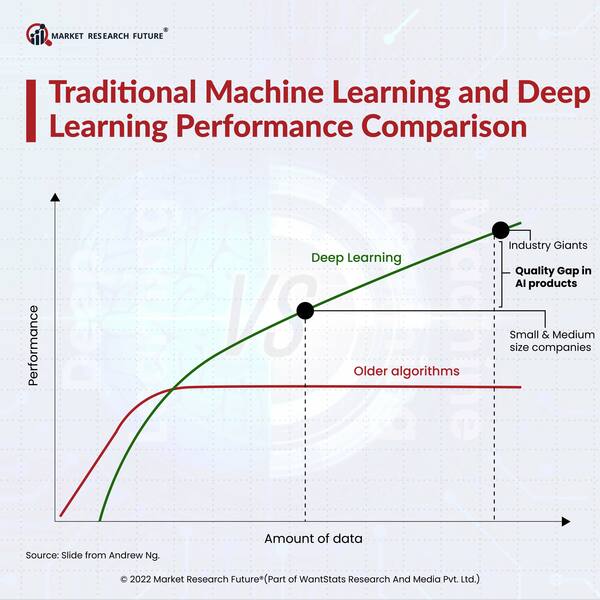Deep Learning Estimates Watershed Subsurface Permeability using Stream Discharge
Scientists from Pacific Northwest National Laboratory, Oak Ridge National Laboratory, and Los Alamos National Laboratory trained deep neural networks (DNNs) to estimate subsurface permeability from stream discharge hydrographs in a study published in Frontiers in Earth Science.
In watershed models, subsurface permeability is a critical parameter that determines the contribution of subsurface flow to stream flows. It is difficult and expensive to directly measure permeability at the spatial extent and resolution required by the watershed models. Researchers often use inverse modeling to evaluate permeability. Compared to groundwater monitoring data, the wide availability of stream surface flow data provides a novel data source for integrated surface and subsurface hydrologic models to infer soil and geologic features.
First, they trained the DNNs to map the correlations between soil and geologic layer permeabilities and simulated stream discharge from the examined watershed's integrated surface-subsurface hydrologic model. The DNNs outperformed the classic inverse modeling method in terms of permeability estimates. Using observed stream discharge from the research site, the DNNs assessed the permeability of a natural watershed (Rock Creek Catchment in the headwaters of the Colorado River). The watershed model accurately predicted the stream flows, with permeability calculated by DNNs. This study highlights the importance of upcoming deep learning methods for assisting with integrated watershed modeling by enhancing parameter estimation, which will eventually reduce uncertainty in predictive watershed models.
The permeability of subsurface rocks and soils measures how well liquids flow through them. It is essential in determining subsurface flow and transport mechanisms in watersheds. However, measuring permeability directly at the size and precision required by watershed models is challenging and expensive. Stream flow monitoring data, on the other hand, is publicly available. The connections between permeability and stream flow open a new avenue for evaluating subsurface permeability. Deep learning, a sort of artificial intelligence, was used in this study. Deep understanding assesses a watershed's subsurface permeability from stream discharge data more precisely than standard methods. This enhancement will aid in calibrating watershed models and minimize the uncertainty in stream discharge prediction.
The deep learning algorithm produced realistic estimates of a genuine watershed system's permeability. The projected and observed stream discharges were more closely matched in the results. This study demonstrates how deep learning may be a valuable technique for estimating watershed parameters from indirect but meaningful information like stream flow. This study opens new avenues for enhancing the subsurface characterization of vast watersheds by successfully employing deep learning to map the link between permeability and stream discharge. It opens the door for more generalized ways to calibrate watershed models with numerous parameters and data formats in the future.





